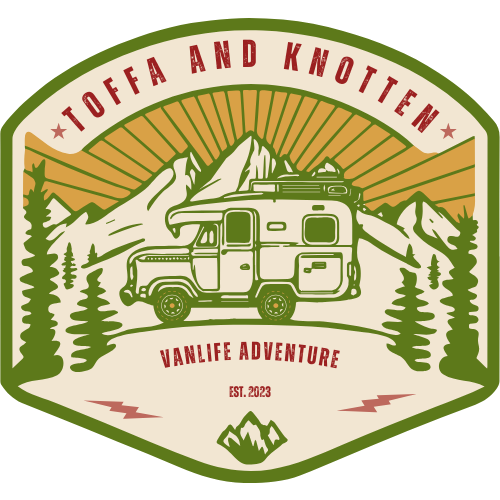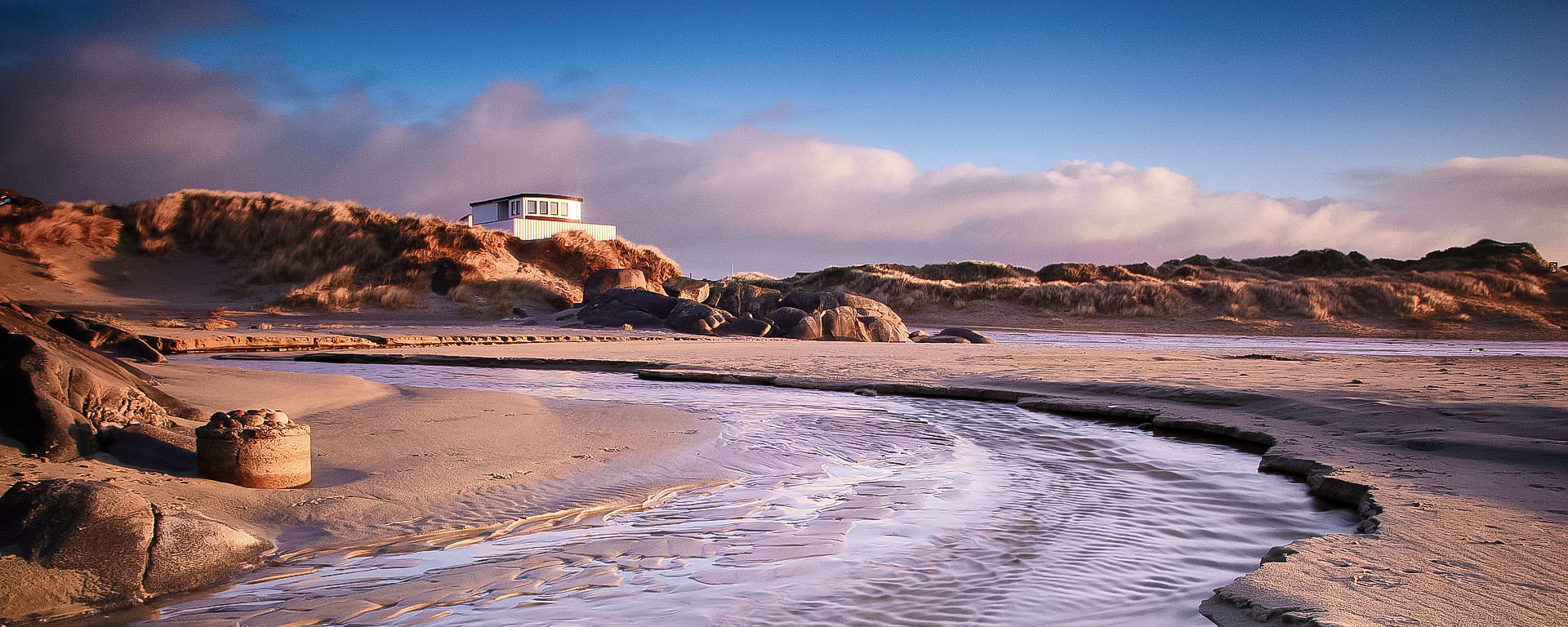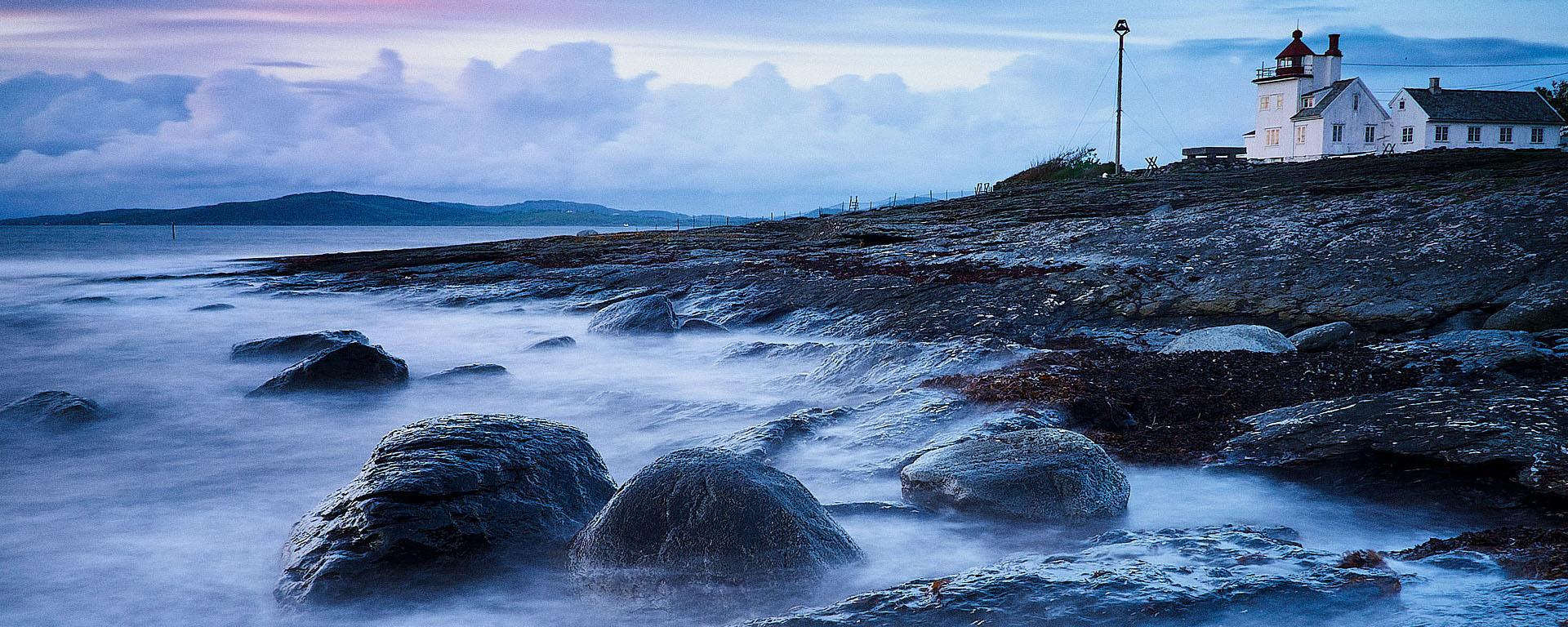What format do I regular shoot
What format do I regular shoot? A good question. I tend to lean toward the 4×5 format, finally available in camera with my Nikon D800. The reason for this is that I find it eliminate some compositional problems that I personally have with the edges of the frame. With the native format of the senor I feel the frame is just a little bit to wide and I tend to make compromises with my self esteiquely. Also I find the frame more in tune with what my vision of sight is. The native frame feel more like viewing through a balaclava or the window of a tank.
What’s the “cost”? With the Nikon D800, the cost is to lose 6 megapixles (with 36 megapixles that is a small loss) and a cropfactor of 1,1. So with wideangle shots, these makes a 2mm cut in viewing angle, making a 28mm effectively a 30mm (the actual lens still remains a 28mm). But for me, all these shortcommings is a huge gain comapred to what I needed to do with the files on the D200 to get the same frame.
There I need to mentally visualize the frame I would shoot, then get the image into lightroom and there crop the file down to the frame I wanted. Also with the D200 I lost 20% of my file, compared to 17 % on the D800. And then you say, it’s only 3% differnce, but with a resolution of 10 MP it meant that I would be left with a 8 MP image, compared to the 30 MP of the D800. That’s a file that is 3,75 times larger than what I had originally with D200.
Another benefit to shooting in the “4×5” format with the D800, is that problems with vignetting is almost disappeared since the image is “cropped ” at both sides equal and it’s at these corners the problem accurs.
Since I shoot stock-images, many agencies require aleast a 10MP file, and with that requirement many of my images would not make the cut.
What’s the “cost”? With the Nikon D800, the cost is to lose 6 megapixles (with 36 megapixles that is a small loss) and a cropfactor of 1,1. So with wideangle shots, these makes a 2mm cut in viewing angle, making a 28mm effectively a 30mm (the actual lens still remains a 28mm). But for me, all these shortcommings is a huge gain comapred to what I needed to do with the files on the D200 to get the same frame.
There I need to mentally visualize the frame I would shoot, then get the image into lightroom and there crop the file down to the frame I wanted. Also with the D200 I lost 20% of my file, compared to 17 % on the D800. And then you say, it’s only 3% differnce, but with a resolution of 10 MP it meant that I would be left with a 8 MP image, compared to the 30 MP of the D800. That’s a file that is 3,75 times larger than what I had originally with D200.
Another benefit to shooting in the “4×5” format with the D800, is that problems with vignetting is almost disappeared since the image is “cropped ” at both sides equal and it’s at these corners the problem accurs.
Since I shoot stock-images, many agencies require aleast a 10MP file, and with that requirement many of my images would not make the cut.
 Nikon D800, Tamron SP 28-75mm f2.8, 4×5 format in camera.
Nikon D800, Tamron SP 28-75mm f2.8, 4×5 format in camera.When I shoot wildlife I generally turn the D800 into a DX-format camera, to gain the 1,5 cropfactor (or as I like to call it, the 1,5x lossless teleconvertor, since one retain the original optical quality and no loss to the maximum aperature of the lens (unlike a 1,4x hardware teleconverter were one loses 1 stop of light).
 Nikon D800, Tamron SP 70-200mm f2.8, DX-format in camera.
Nikon D800, Tamron SP 70-200mm f2.8, DX-format in camera.




